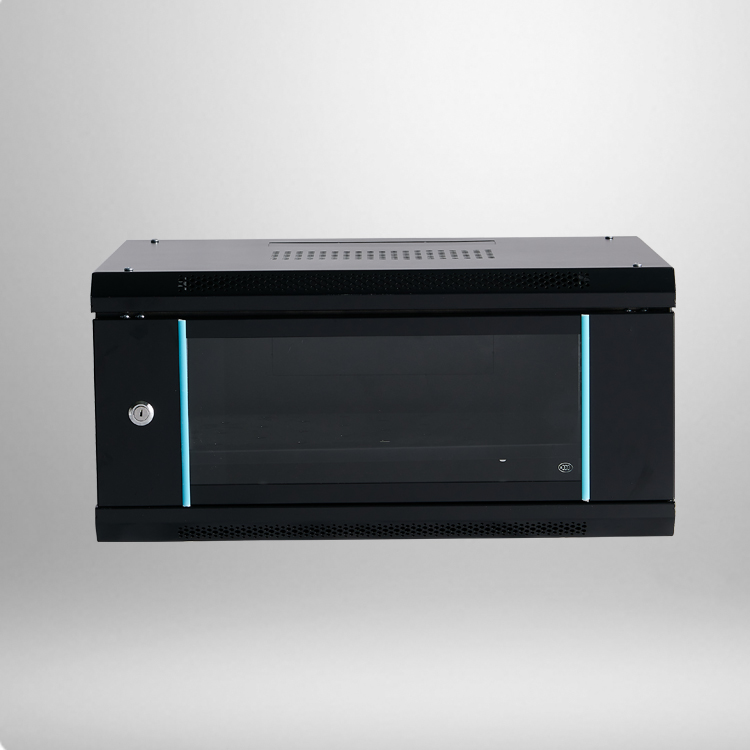
A battery cabinet is a device used for storing and managing batteries, which can be used in various fields, such as power systems, communication systems, industrial equipment, and transportation vehicles. The main function of the battery cabinet is to protect the battery from issues such as overcharging, discharging, and short circuits, while providing a safe and reliable charging and discharging environment.
A battery is a device that converts chemical energy into electrical energy by converting the flow of charged particles between the positive and negative electrodes into electrical energy. A battery is usually composed of multiple battery cells, with positive and negative poles, where the positive electrode is rich in positive ions and the negative electrode is rich in negative ions. During the charging process, the positive electrode adsorbs electrons, while the negative electrode releases electrons. During the discharge process, the opposite is true. By connecting multiple battery cells, energy storage capacity and output voltage can be increased.
The function of the battery cabinet is to manage and protect the battery, while providing appropriate charging and discharging control. Firstly, battery cabinets typically have a charging controller that can monitor parameters such as battery current, voltage, and temperature, and control the charging process based on set values. This helps to ensure that the battery does not overcharge during charging, thereby extending its lifespan.
Secondly, the battery cabinet also has a discharge controller that can monitor the remaining capacity of the battery and control the discharge process as needed. When the load requires electrical energy, the discharge controller will release the electrical energy from the battery to the load. At the same time, it also detects parameters such as current and voltage of the battery to avoid over discharge and protect its lifespan and performance.
In addition, battery cabinets typically have protective functions to prevent battery faults such as short circuits, overcurrent, and overheating. Once a malfunction occurs, the protective device will promptly cut off the power supply to protect the safety of the battery and other equipment. Moreover, the battery cabinet can also provide battery status monitoring and fault alarm functions, facilitating maintenance and management by operation and maintenance personnel.
The battery cabinet usually consists of three parts: the cabinet body, battery rack, and electronic control system. The cabinet is a closed metal shell that can provide protection and heat dissipation to ensure the safe operation of the equipment. A battery rack is a structure used to support and fix battery cells, usually made of metal materials with certain strength and stability. The electronic control system is the core part of the battery cabinet, including charging controller, discharge controller, protection device, and monitoring instrument, used for managing and monitoring the battery.
A battery cabinet is a device used for storing and managing batteries. It has functions such as charge control, discharge control, protection, and monitoring, which can protect the battery from overcharging, discharging, and short circuit issues, thereby extending the battery’s lifespan. Battery cabinets are widely used in various fields, playing an important role in ensuring the stable operation of the power system and providing reliable backup power and energy storage solutions.


